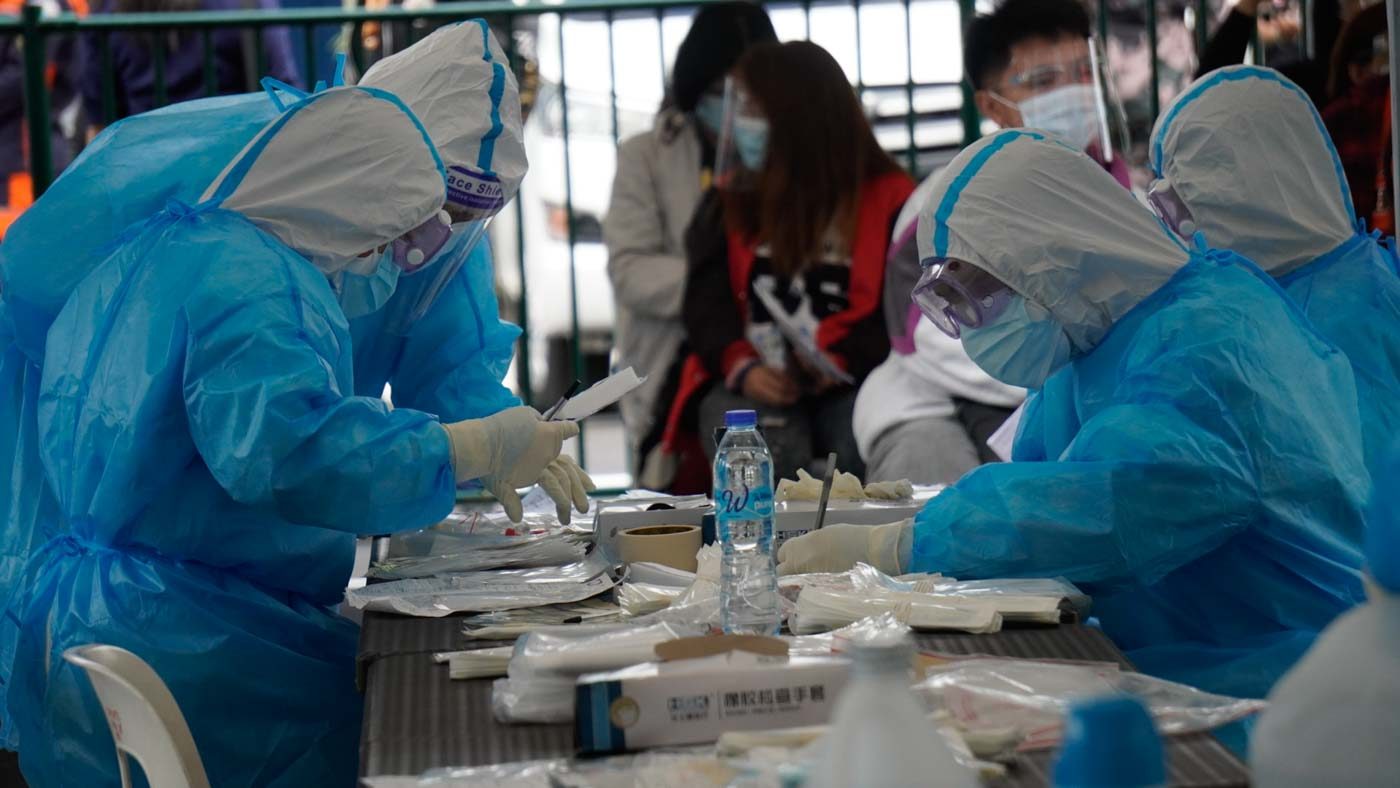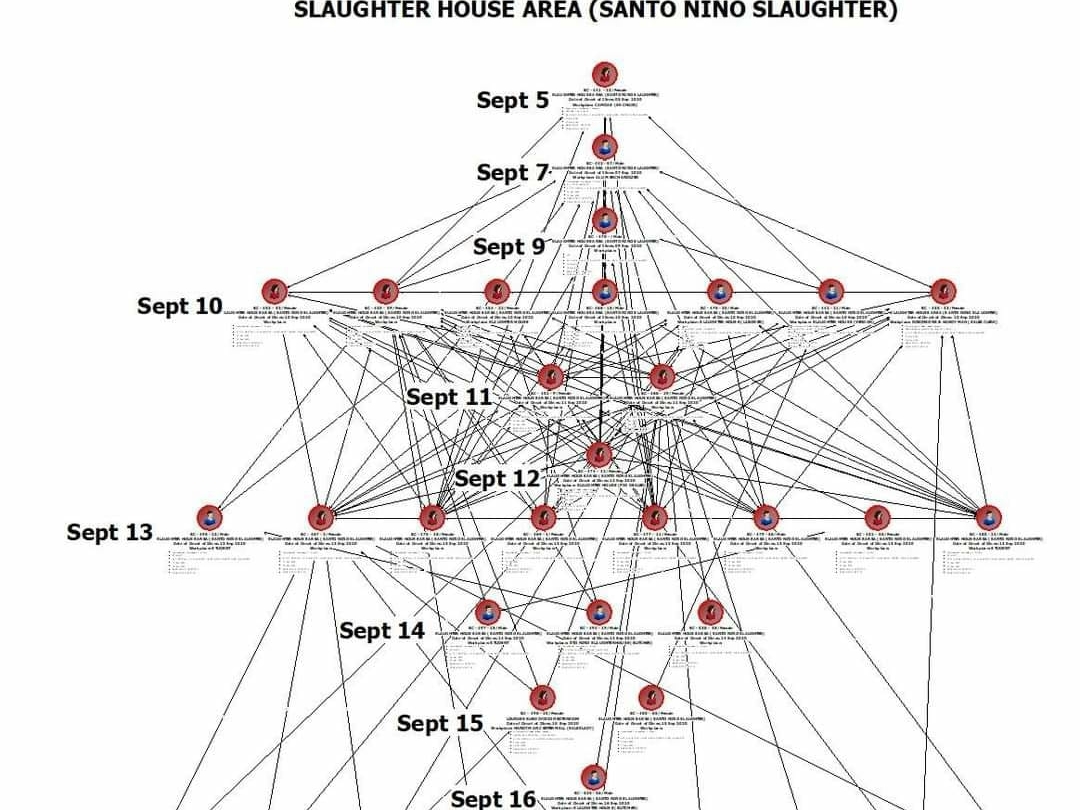SUMMARY
This is AI generated summarization, which may have errors. For context, always refer to the full article.

No lechon for Baguio until October 9.
Following the swabbing of more than a hundred abattoir workers at Barangay Sto Niño-Slaughter on September 21, 29 tested positive for COVID-19, including 6 veterinarians and 23 butchers.
Fourteen of the butchers are residents of the barangay.
As a result, Mayor Benjamin Magalong ordered the suspension of operations in the abattoir for 15 days to initiate disinfection and contact tracing, or from September 24 to October 9.
Magalong said on September 20 that were already 38 residents of Barangay Sto Niño-Slaughter who had tested positive of COVID-19. This prompted the local government to place “several families and households under quarantine and monitoring as contact tracing operations are ongoing.”
He had placed Puroks Greenhills, Ayala B, and Divisoria under lockdown.
On September 24, the total number of confirmed COVID-19 cases in the barangay rose to 52, prompting Magalong to place the whole barangay on hard lockdown.
“All persons shall remain within the confines of their homes for the duration of the lockdown, except in cases of immediate or emergency medical necessities only,” Magalong said.
The abattoir will also remain closed, he added.
The city government also ordered the return of the jeepney terminal for those bound for La Trinidad back to the Center Mall area. The city had the terminal transferred to Barangay Sto Nino-Slaughter a month ago supposedly to ease traffic.
Business owners at the mall as well as those in the market protested the move. Many La Trinidad residents also opposed the transfer as it would take another jeepney ride for them to get to the terminal at the abattoir area.
In the United States, the handling of carcasses caused the spread of COVID-19 in the meat packing factories.
But how the virus spread at the abattoir is quite a different story.
According to Magalong, partying and the sharing of shot glasses during a drinking spree contributed to the spread.
“Our contact tracing teams have identified that several of our active cases had attended drinking sessions, shared eating utensils with companions, engaged in prolonged unnecessary social gatherings, and were unable to observe proper social distancing,” he said.
In one instance, reportedly at a birthday party, the drinks were passed around the guests sharing the same shot glass.

Magalong said that this was the reason for the clustering of cases not only at the Slaughterhouse but also in Barangay Ferdinand in Campo Sioco.
He almost reimposed a city-wide drinking ban but decided to limit it only to the two barangays.
“What happened at Slaughterhouse and Ferdinand Barangays must not be disregarded but we also have to consider the economic repercussions of implementing another liquor ban at this time when businesses are struggling to recoup their losses,” the mayor said.
As of September 24, Baguio had 264 active cases with 12 deaths and 420 recoveries, or a total of 696 confirmed COVID-19 cases. – Rappler.com
Add a comment
How does this make you feel?


![[Time Trowel] Evolution and the sneakiness of COVID](https://www.rappler.com/tachyon/2024/02/tl-evolution-covid.jpg?resize=257%2C257&crop=455px%2C0px%2C1080px%2C1080px)


There are no comments yet. Add your comment to start the conversation.